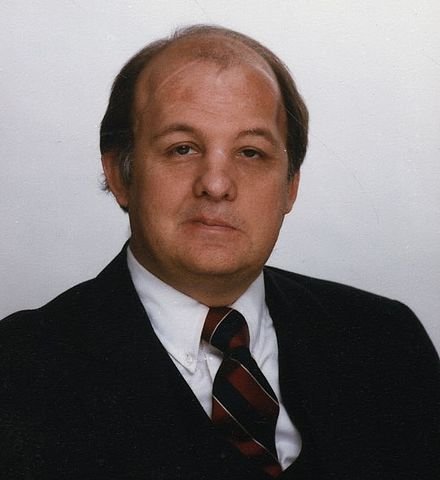In 1981, President Ronald Reagan, Secret Service Agent Timothy McCarthy, policeman Thomas Delahanty, and Reagan’s Press Secretary James Brady were injured in an attempted assassination by John Hinckley Jr. with a .22 caliber revolver.
All of the victims survived, but Brady suffered multiple sites of paralysis and used a wheelchair for the rest of his life.
The bill that would carry Brady’s name was first introduced to Congress by 2 Ohio Democrats in 1987. The main provision of the bill was to require a federal background check for anyone purchasing a handgun from a licensed gun dealer and a waiting period before the gun could be accessed by the buyer.
It took several legislative campaigns over the course of 6 years to get a version of this bill passed. Throughout the process the waiting period was reduced several times. Ronald Reagan wrote a 1991 op-ed endorsing the bill, despite widespread Republican opposition. It was eventually signed into law by President Bill Clinton on November 30, 1993.
The 5-day waiting period provision expired in 1998, and enforcement of the act has always varied from state to state. However, the Brady Bill is still cited by many as the United States’ most comprehensive gun-control measure. It’s effectiveness has always been debated, but most gun-control advocates support plans to build on it, and most opponents consider it flawed or unconstitutional.
Sources:
Brady Handgun Violence Prevention Act- Wikipedia
The Brady Bill Explained- Gun.Laws.com
